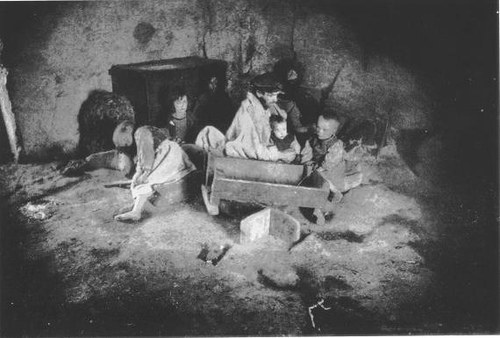
Bob Marley was buried with a guitar, a soccer ball, a bud of marijuana, and a Bible.

Bob Marley was buried with a guitar, a soccer ball, a bud of marijuana, and a Bible.

The “Hollywood sign” started as an advertisement for a housing development in the 1920s, but a deeper symbolism soon became clear.
In 1932, actress Peg Entwistle committed suicide by jumping to her death from the letter “H”.
Actors who appeared in The Conqueror (1956) and subsequently died of cancer:
Director Dick Powell died of cancer in 1963. The movie, in which Wayne played Genghis Khan, was shot in St. George, Utah, downwind of Nevada open-air nuclear testing, and producer Howard Hughes had 60 tons of dirt shipped back to Hollywood for use in reshoots.
By 1981, 91 of the 220 cast and crew had developed some form of cancer, and more than half of them were already dead.
“With these numbers, this case could qualify as an epidemic,” said University of Utah biologist Robert Pendleton. “In a group this size you’d expect only 30-some cancers to develop. … I think the tie-in to their exposure on the set of The Conqueror would hold up in a court of law.”
Franz Reichelt dreamed big. In 1911 the Austrian tailor designed a garment that he hoped would serve as a combination overcoat/parachute. Never one for half measures, he tested it by leaping from the Eiffel Tower.
The sad/romantic results were caught on film, including Reichelt’s long hesitation on the brink, his fatal fall and a measurement of the hole he left behind.
“If you’re not failing every now and again,” said Woody Allen, “it’s a sign you’re not doing anything very innovative.”
The first known serial killer was actually a woman, known as Locusta, a professional poisoner who lived in Rome during the first century A.D.
In 54, she killed the Emperor Claudius with a poisoned dish of mushrooms, and the following year she was convicted of a separate poisoning. Hearing of this, Nero rescued her from execution — so she could poison Britannicus for him.
They made a good partnership, Nero guaranteeing her safety during his lifetime, but when he died the Romans took an awful revenge. According to legend, Locusta was publicly raped by a specially trained giraffe, then torn apart by wild animals. Talk about cruel and unusual.
Poet Charles Bukowski’s gravestone reads “Don’t Try.”
Writers who committed suicide:
“The real reason for not committing suicide,” wrote Hemingway, “is because you always know how swell life gets again after the hell is over.” He killed himself in 1961.

A young boy who drowned on the Titanic. Despite the frightful loss of life, the evacuating passengers generally behaved honorably — giving women first place in the lifeboats, for instance, regardless of their class. 55 percent of third-class women survived, compared to 33 percent of first-class men.
When singer Warren Zevon (“Werewolves of London”) was diagnosed with cancer in 2002, he said he just hoped to live long enough to see the next James Bond movie.
He did.
The film was called Die Another Day.

“… six famished and ghastly skeletons, to all appearance dead, huddled in a corner, their sole covering what seemed to be a ragged horse cloth, and their wretched legs hanging about, naked above the knees. I approached in horror and found by a low moaning that they were alive, they were in fever — four children, a woman and what had once been a man. … In a few minutes I was surrounded by at least 200 of such phantoms, such frightful spectres as no words can describe. By far the greater number were delirious either from famine or fever. … Within 500 yards of the Cavalry Station at Skibbereen, the dispensary doctor found seven wretches lying, unable to move, under the same cloak — one had been dead many hours, but the others were unable to move, either themselves or the corpse.”
— From a letter by a Mr. O’Brien to the Duke of Wellington describing a visit to Skibbereen during the Irish potato famine, Dec. 17, 1846